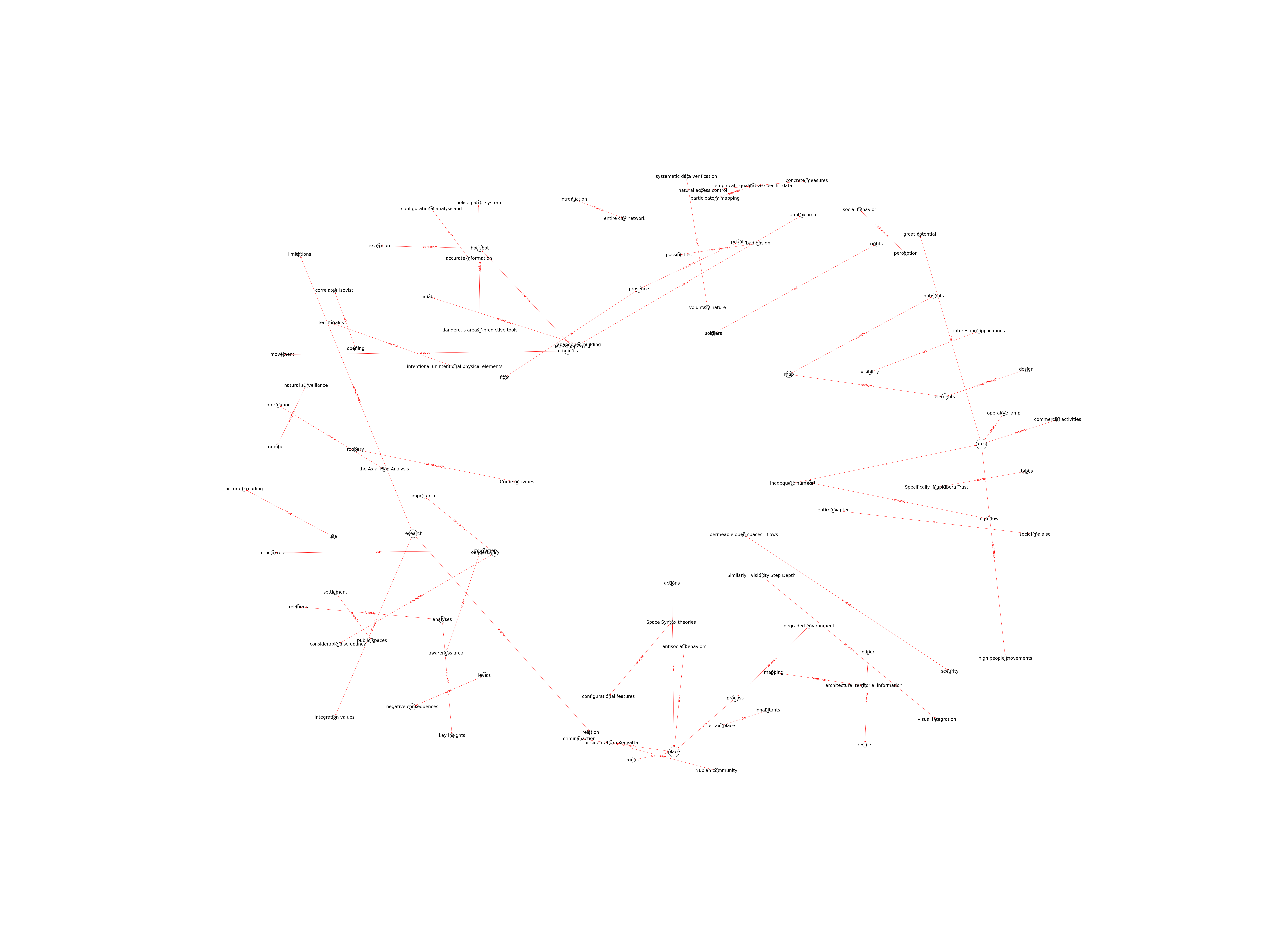| Id | 508 | |
| Author | Filippi F.D., Cocina G.G., Martinuzzi C. | |
| Title | Integrating different data sources to address urban security in informal areas. The case study of Kibera, Nairobi | |
| Reference | Filippi F.D., Cocina G.G., Martinuzzi C.; Integrating different data sources to address urban security in informal areas. The case study of Kibera, Nairobi ;Sustainability (Switzerland) vol:12.0 issue: 6 page: |
|
| Keywords | Information and communication technologies (ICTs); Participatory mapping; Slums; Space syntax; Urban design; Urban security |
|
| Link to article | https://www.scopus.com/inward/record.uri?eid=2-s2.0-85083395246&doi=10.3390%2fsu12062437&partnerID=40&md5=aed2e0e447efd2ea30546de708f134d6 |
|
| Abstract | Nowadays, levels of crime and violence appear to be much higher in large cities in developing countries. This is the result of several factors, such as: the speed of urbanization, the inability of cities to provide sufficient infrastructure and the widening disparities in income and access to housing and services. These levels of inequality can have negative consequences from a social, economic and political point of view, with a destabilizing impact on societies and higher risks for the most disadvantaged people, especially those living in informal settlements. The paper presents the results of a study carried out by the Authors at the Department of Architecture and Design of the Polytechnic of Turin. Urban security is investigated in the context of Kibera slum (Nairobi) through the integration of two different tools, namely Participatory Mapping and Space Syntax. The research analyses the relation between criminal activities and the spatial and configurational features of the street network, with the aim to highlight some key environmental factors to take into consideration while constructing the new road Missing link #12. Specifically, the research identifies and studies seven parameters from the literature review: integration, illumination, vitality and diversity, visibility, active facades, territoriality and maintenance and image. The findings show that urban planning and design strongly impact crime occurrence. The crime hot-spots distribution in Kibera depends on the simultaneous interrelation of multiple components in the space. © 2020 by the authors. |
|
| Metodology | Technique |

Note: Due to lack of computing power, results have been previously created and saved in database


